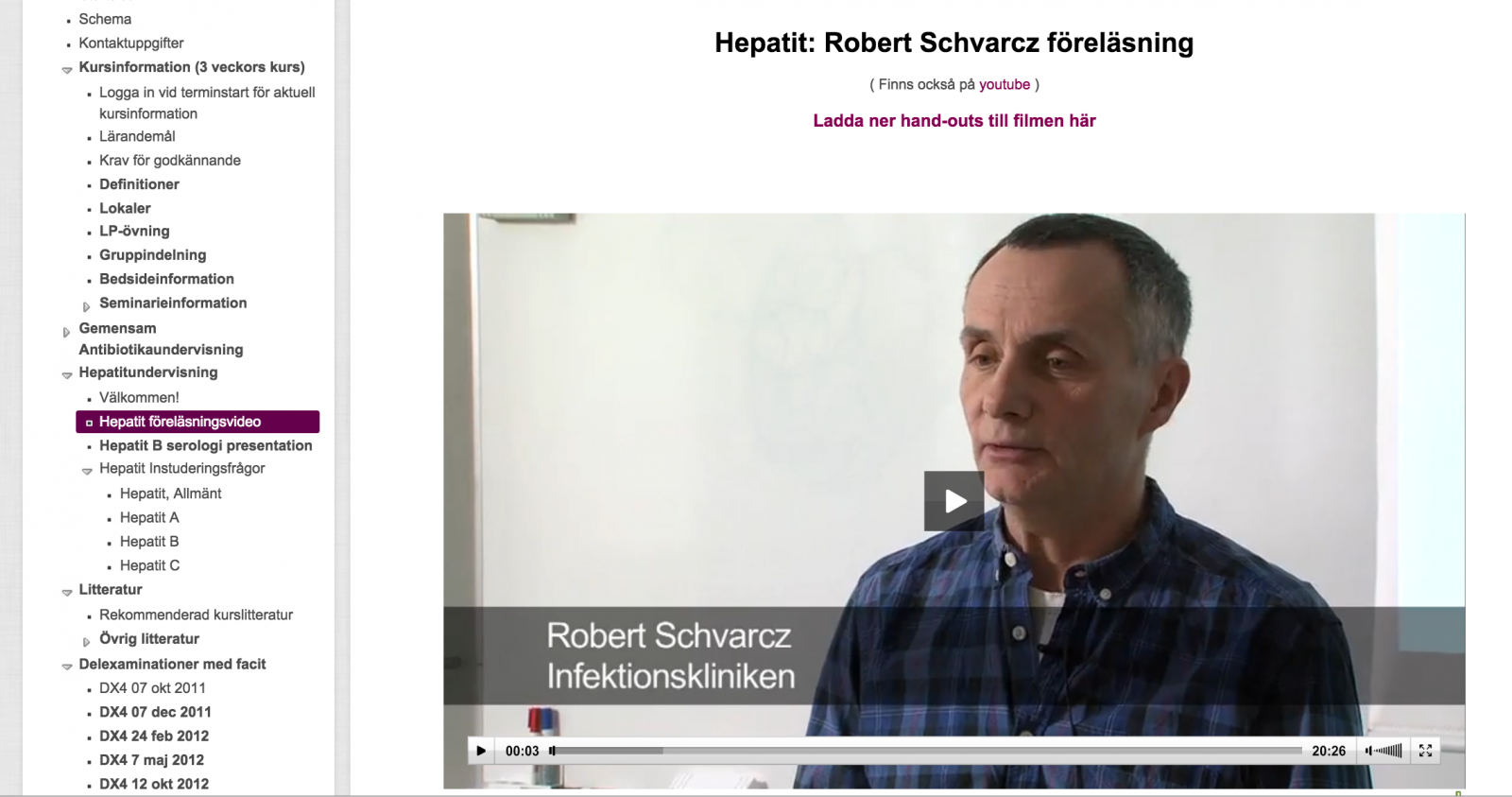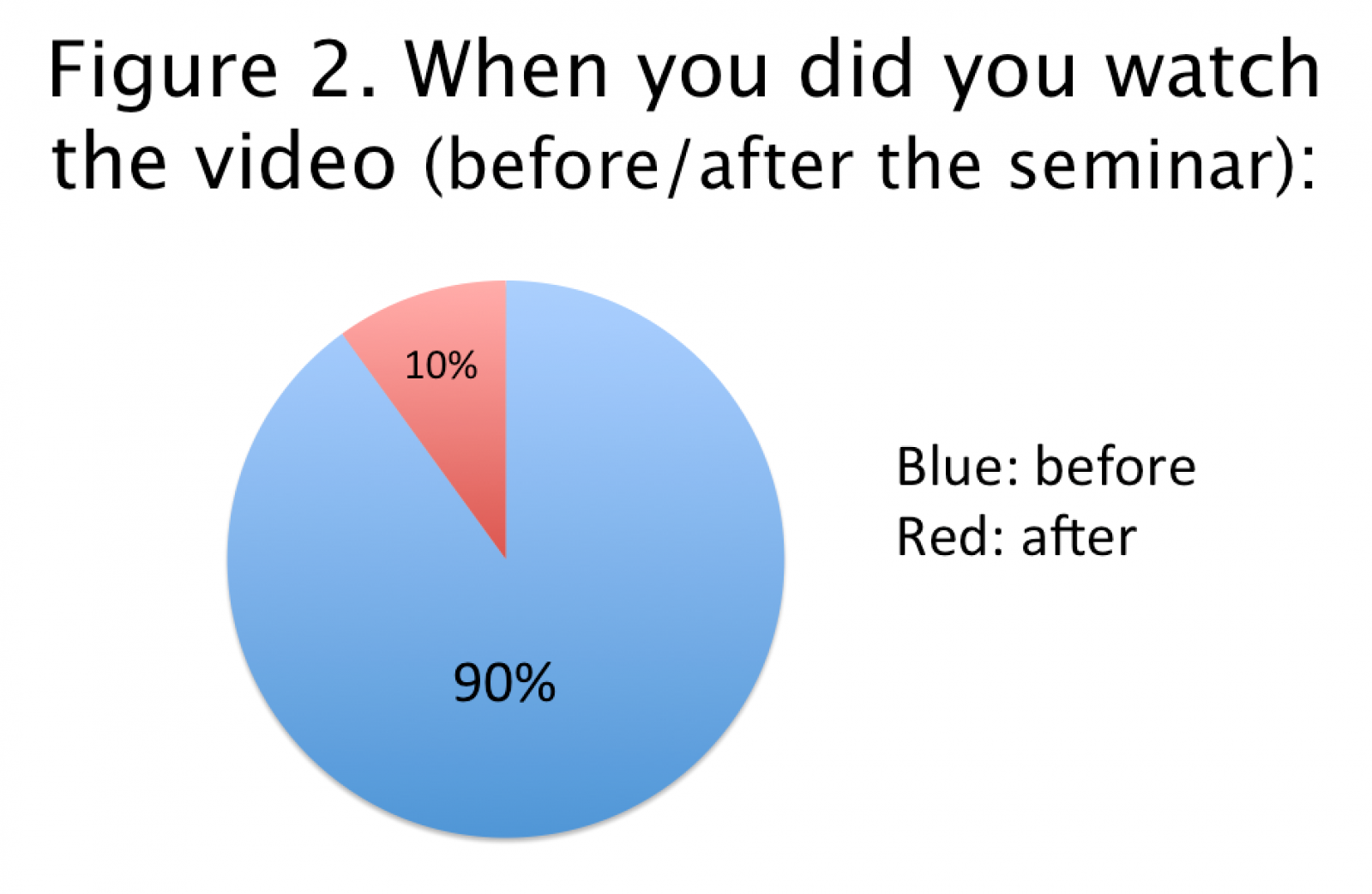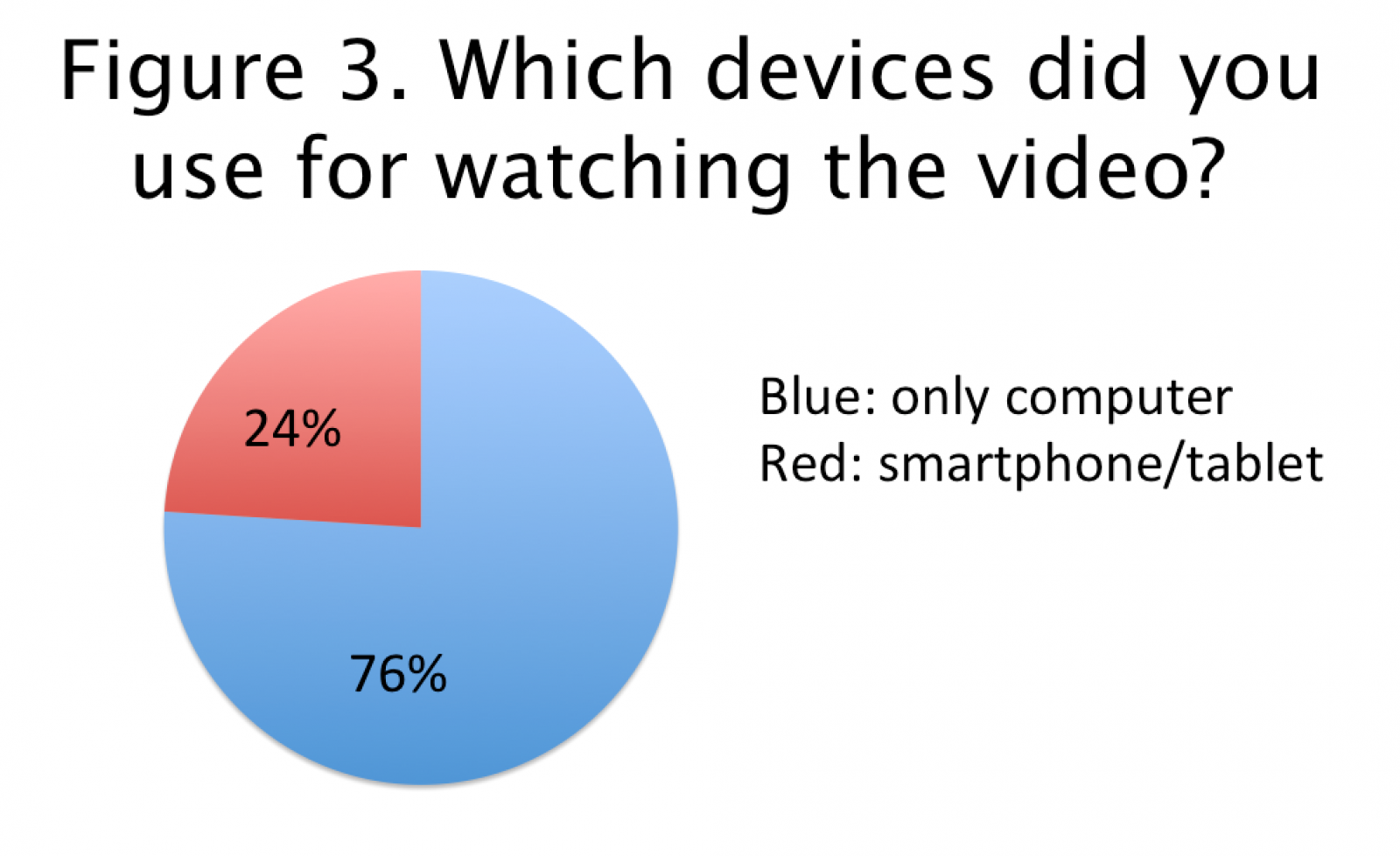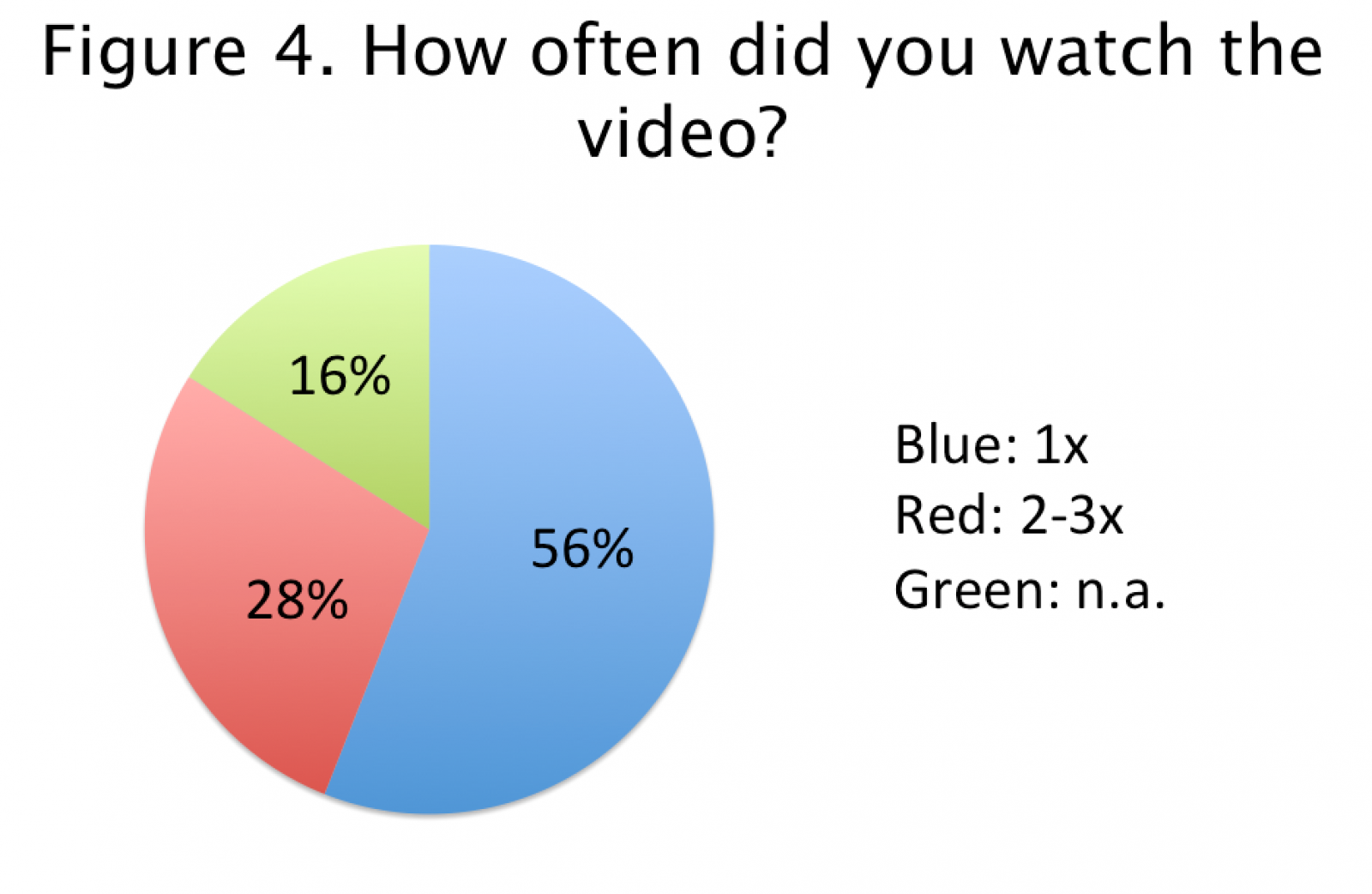ePOSTER


Abstract Title
Evaluation of flipped classroom methodology in teaching third year medical students


Theme
3BB The lecture and the flipped classroom
INSTITUTION
Karolinska Institutet, Department of Medicine - Stockholm, Sweden
Background
- E-learning enables asynchronous learning which can take place when and where it best suits the individual student.
- According to the flipped classroom model students are engaged in collaborative learning after prior completion of an e-learning module.
- In a recent pilot study where the topic taught was viral hepatitis (n=32), 79% of students considered this new form of teaching better than the traditional1.
STUDY DESIGN
- In a prospective monocenter study, participants consisted of 80 third-year medical students who were enrolled in a course on infectious diseases (module viral hepatitis).
- Group A (n=40) underwent a “classic” 90 minutes-long lecture about viral hepatitis without the option for e-learning. Group B (n=40) had access to a video lecture (20 min.) combined with additional text content and a subsequent multiple-choice test with 30 items.
- As a Learning Management System (LMS) for e-learning, PingPong (www.pingpong.se) was used. In a short seminar (45 minutes) Group B students discussed cases of hepatitis.
- A student survey with paraphrased comments regarding students’ opinions of the flipped model was applied besides a questionnaire scored on a 5-point Likert-type scale. Finally, students were assessed in a written exam covering key topics of hepatitis.
References
M. Hyll & R. Schvarcz, ePOSTER 19068, AMEE 2014
Summary of Results
Final examination: Results:
Flipped class: 18\25 correct answers, Control group: 18\25 correct answers (p= 0.92)
Questinnaire / 1-5 (very bad - outstanding) Wilcoxon-Mann-Whitney test was applied.
| Question | Flipped group | controlls | p value |
|
Overall evaluation of the course |
4.1 | 3.5 | 0.01 |
|
How comprehensive was the course |
3.8 | 3.8 | 0.49 |
|
How relevant was the course |
4.6 | 4.0 | 0.001 |
|
Course participation made me confident to take care of pts with viral hepatitis |
3.5 | 3.9 | 0.25 |
|
The course stimulated me to be an active student |
4.1 | 3.9 | 0.16 |
|
The course improved my problem-solving skills |
3.7 | 3.1 | 0.01 |
|
The course improved my active learning skills |
4.2 | 3.8 | 0.08 |
- How accessible was the video? 4.3 (1-5)
- How was the quality of the video? 4.4 (1-5)
- How do you value an internet-based teaching module prior class teaching: 4.0
(comments: “flipped classroom: boom!” –“Bad”)

-






Conclusion
- Replacement of a 90 minutes standard lecture by a 45 minutes long case seminar in conjunction with a prior e-learning module will lead to equivalent student results in a written examination.
- Blended teaching based on the flipped classroom model has the potential to increase motivation, satisfaction and problem solving skills of medical students. Further studies with a larger number of students are warranted.
 Send Email
Send Email